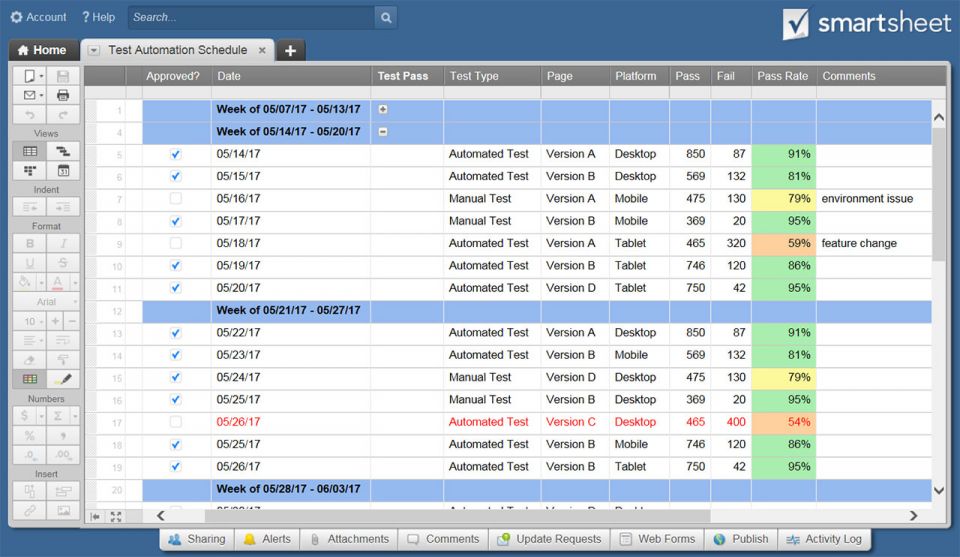
The Need for Speed: Revolutionizing Testing with Rapid Automation Tools

In today’s fast-paced world of software development, the demand for efficient testing processes has never been more crucial. Enter the era of Rapid Test Automation, where innovation and speed converge to transform testing practices. With the rise of Test Automation Tools, organizations are empowered to streamline their testing workflows, enhance accuracy, and ultimately accelerate time-to-market for their products. The need for speed is driving a revolution in testing, and harnessing the power of rapid automation tools is proving to be the key to staying ahead in the competitive landscape of software development.
Advantages of Rapid Test Automation
Rapid Test Automation offers significant benefits to software development teams. Firstly, it drastically reduces the time required for testing, enabling faster delivery of high-quality software products. This acceleration in the testing process allows companies to meet tight deadlines and stay ahead in competitive markets.
Secondly, Test Automation Tools enhance test coverage by executing test cases more quickly and with precision. Automated tests can be run frequently without human error, ensuring comprehensive testing across various scenarios and configurations. This increased test coverage minimizes the risk of undetected bugs slipping into the final product, thereby enhancing overall software reliability.
Lastly, Rapid Test Automation leads to cost savings in the long run. While the initial setup and implementation may require an investment, the efficiency gained through automation results in reduced manual efforts and resources. This cost-effectiveness translates into better ROI for businesses, making rapid automation tools a valuable asset in the software development process.
Top Test Automation Tools
First on our list is Selenium, a powerful open-source tool widely used for automating web browsers. Its versatility and compatibility with multiple programming languages make it a top choice for testers looking to automate their web testing processes effectively.
Test Automation IDE
Next, we have Appium, a popular tool for automating mobile applications across different platforms. With Appium, testers can write tests using their preferred programming language and run them on both Android and iOS devices, simplifying the testing of mobile apps.
Another noteworthy tool is Ranorex, known for its user-friendly interface and ability to automate testing for desktop, web, and mobile applications. Ranorex offers a comprehensive set of features for test automation, making it a valuable addition to any testing toolkit.
Best Practices for Implementing Rapid Automation
When implementing rapid automation in testing processes, it is crucial to first assess the specific requirements and challenges of the project. By understanding the scope and objectives, teams can effectively prioritize tasks and allocate resources for maximum efficiency.
Selecting the right test automation tools is key to the success of rapid automation initiatives. Tools that offer a user-friendly interface, robust features, and compatibility with various technologies can streamline the testing process and facilitate quick deployment of automated tests.
Regular monitoring and evaluation of the automated testing framework is essential for identifying bottlenecks, optimizing performance, and ensuring continuous improvement. By collecting and analyzing data on test results and execution times, teams can make data-driven decisions to enhance the overall testing workflow.



